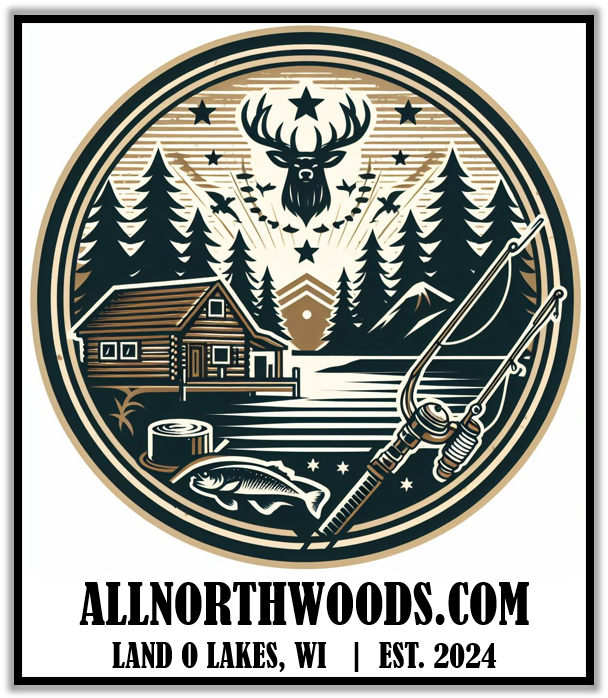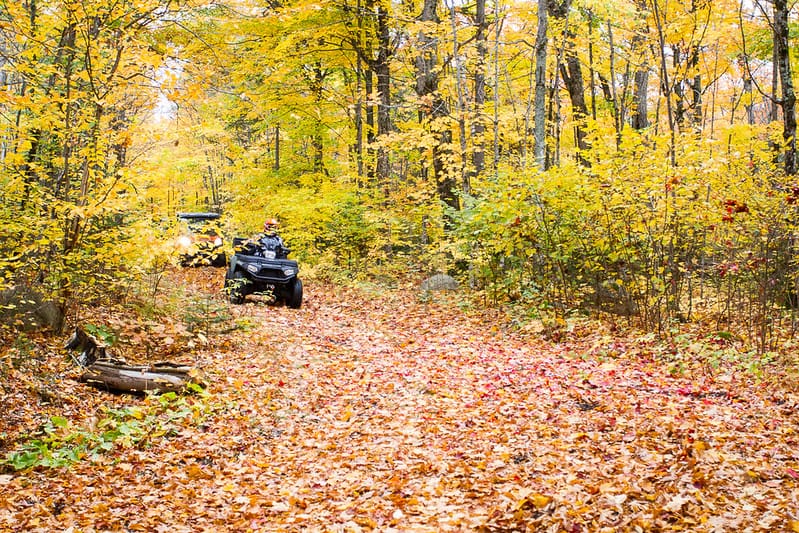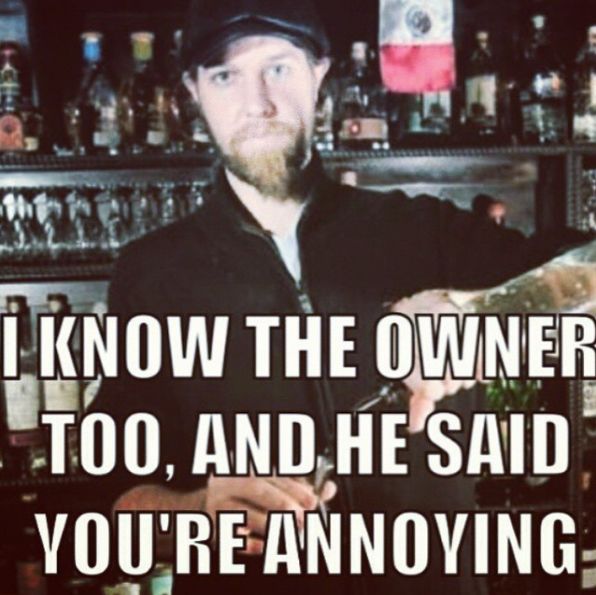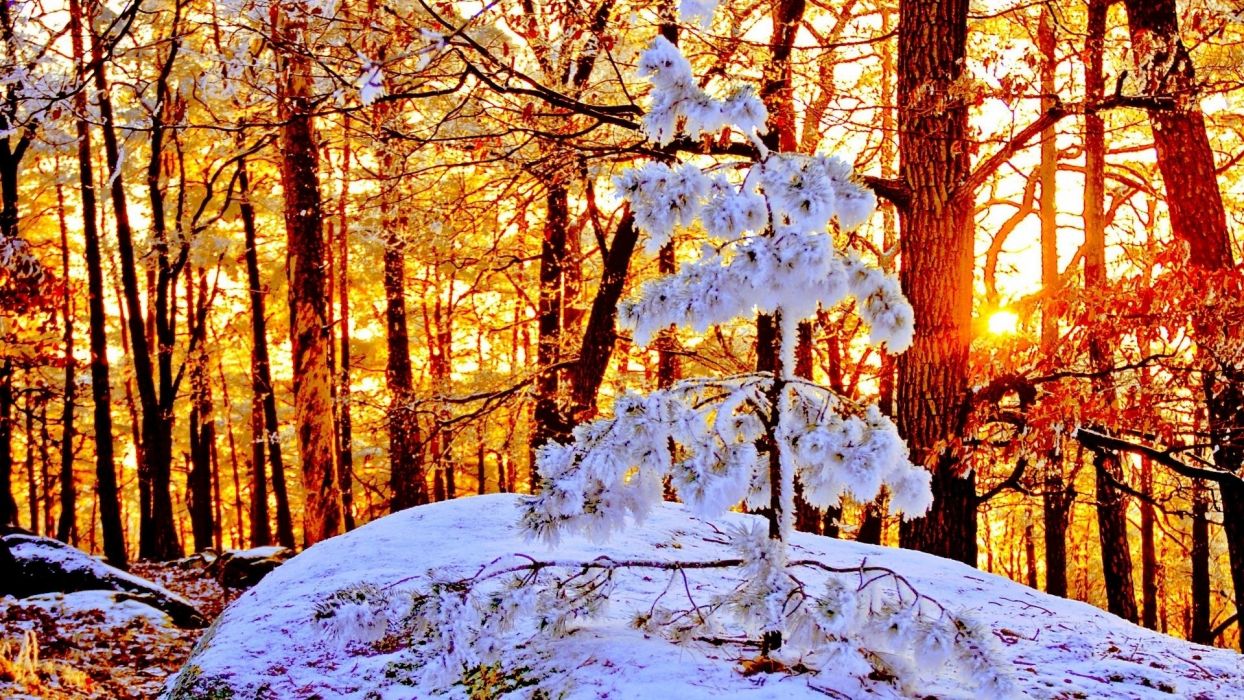RUT SEASON
The first week of November, Monica and I were driving north on I/39 between Wausau and Merrill, and I spotted a buck 100 yards ahead of us maybe 25 yards off I/39. The closer we got; he raised his head straight into the air and I knew he’s going to run. He took off on an angle towards us and I knew if I hit the brakes we would have collided. The only thing I could do was hit passing gear and he was so close, I was waiting for him to run into the back of our truck but missed. This incident took all of 25 seconds and to this day, I have no idea how the small car (TAILGATING) us didn’t hit that buck and at 75 mph the women in that car would have been seriously Injured or killed.
For those who do not know much about rut, fawns are born in the spring to give the little ones their best chance to survive, so does come in heat late October/early November, making this the natural breeding time of the year. During rut the only thing on a buck’s mind is aggressively seeking out does. So, when does rut start? Some say it’s when bucks pass a food plot without eating or bucks abandon their natural movements because they’re seen more in the daylight hours. Others think it’s after the first full moon in October or when bucks start rubbing their antlers on trees to deposit scent. This rubbing act also strengthens their neck muscles for sparring dominance over other bucks. So, to be honest, there is no specific time or day when rut starts. But anyone who owns a body shop in the Northwoods will tell you, this is their busiest time of the year. With that being said, one should know driving in the Northwoods at this time we should be more vigilant.
There is a misconception that deer are mostly active at dawn and again at dusk but drive any road in the Northwoods and you can see deer browsing on the side of the road all hours of the day and night. This time of year, does will be running from bucks and bucks will be chasing does. Could these deer run in front of our vehicles? YES. If you see one deer, could there be others? YES. Will rut amplify deer activity? YES. From now until early December, if a doe runs across the road in front of you, most likely there will be a buck or two, following her. For those reasons, November has the most reported deer vs vehicle collisions.
Here are a few tips I thought that could help when driving during rut or ANYTIME OF THE YEAR in the Northwoods.
1) SLOW DOWN, it’s easier to stop at 45 mph than 60.
2) BE VIGILANT, because deer can congregate in ditches or embankments near the road eating vegetation and can jump in front of you.
3) WATCH THE SIDE OF THE ROADS. If you see a doe running across the road, look for another one because deer seldom run alone, or a buck could be chasing a doe during rut.
4) BRIGHT LIGHTS, use your high beams at night will help you see better and drive in the middle of the road, when possible, (SEE #2).
5) And this is the most important part of all of this. If you know you are going to hit a deer, NEVER SWERVE. HOLD THE STEERING WHEEL TIGHT, BRACE YOURSELF, APPLY THE BRAKES AND STAY IN YOUR LANE and just hit the deer. Research has shown more people are injured or killed trying to avoid a deer by going off the road and hitting a tree, guardrail, rolling over into a ditch or hitting another vehicle head on. Trust me, your life or passenger’s life is more important to your family and friends than an animal that most likely won’t see the end of hunting season. There are times speeding up helps like I did, but that is a judgment call, and remember, EVERY SITUATION IS DIFFERENT.




